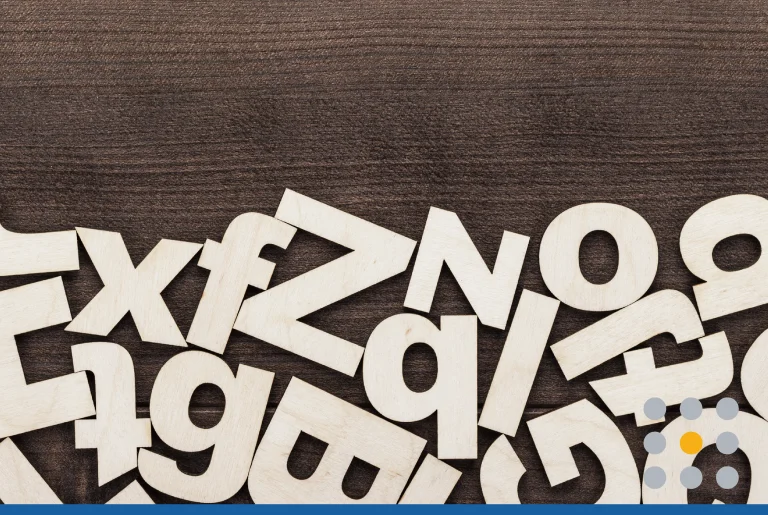Whether you’re starting a business, a brand, a website, or some other type of public entity, you would be wise to create a logo. Logos offer a number of advantages and work terrifically as marketing devices.
But, what is a logo, exactly? What does a logo include and what purpose does it really serve? Below, we’re going to get into those very questions.
Here is everything that you need to know about brand logos.
What is a Logo?
When most individuals think of logos, they think of pictures or animations. While logos are, indeed, pictures or animations, they are also a lot more than that. Logos are visual devices used to represent the ideas, missions, and identities of different brands.
A good logo will draw the public in, bringing popularity to the brand it represents and helping that brand to achieve success. Generally, if you’re going to have a successful brand, you’re going to need an appealing logo.
Creating a Logo
The simple act of creating a logo is fairly easy. All you have to do is make your way to a logo making website and within minutes you can have a finished logo design.
However, if you want to create something truly effective, the process will be a little more complex. Proper logo design includes the following.
Choosing Colors
When creating a logo, it’s essential to understand the importance of color. The colors used in your logo will provide it with a certain atmosphere, a certain feeling, and a certain meaning.
Not only do you need to choose the right colors, but also the right color combinations. When designing, try to choose colors that mesh well together, and try to avoid colors that clash.
It’s also important that you keep your total number of colors to a minimum. Throwing too many colors into one logo will cause more distraction than attraction. At a maximum, you shouldn’t use more than 3 colors in a single logo.
Selecting a Typography
While not all logos make use of letters and numbers, a good many of them do. If yours is going to, you’re going to need to select the right typography. The type and content of your typography can make or break your logo.
First, you must find a font that aligns with your brand. Make sure that the font is easy to read and characteristic of your brand’s identity.
Next, you must decide on the message of your typography. While most logos will simply include the name of the brands that they’re representing, some logos will include catchy taglines. In the end, what you include is up to you.
Creating an Image
Perhaps the most important aspect of logo creation is creating the image. While color and typography will add a great deal of flavor to your logo, the things that will truly separate your logo from other logos are its shape and orientation.
There aren’t a lot of rules when it comes to creating an image for a logo. Both symmetrical and asymmetrical designs have proven successful. For instance, the asymmetrical Nike logo shares the same level of familiarity as the symmetrical Starbucks logo.
Your best bet is to sit down, brainstorm, and free-draw for an extended period of time until you’ve developed something you like. When doing so, you should keep one thing in mind: be simple. A simple logo can be quickly scanned by the eyes and thoroughly processed by the brain in just milliseconds.
What’s the Point of a Logo?
A logo serves several purposes, all of which contribute toward building a brand’s popularity. The exact benefits of a logo include the following.
Separates You from Competitors
As was noted above, a logo represents a brand and all that brand stands for. Because of this, it also works to separate that brand from other brands. If you want your brand to stand out, you’ll need to create a unique and identifiable logo.
When creating a logo, make sure to assess the logos of your competitors. You don’t want to create anything that’s too similar to those who work in the same industry as you.
For an example of this concept, consider the major pizza restaurants in the United States. Dominos, Pizza Hut, and Papa John’s have wildly different logos. There’s no way you could mistake Pizza Hut’s iconic red hut-shaped logo with Domino’s playful domino-shaped logo.
Conveys Relevant Information
If your brand is new, no one is going to know what it’s about. This is especially true if it has a random name that’s not indicative of its industry. This is where a logo can be hugely beneficial.
A logo can help consumers to understand the purpose of the brand it represents. Through color, style, and imagery, it can convey relevant information about its brand.
Facilitates in Brand Recognition
Ponder some of the biggest brands in the world. Now, think of their logos. Is there a single one of these logos that doesn’t pop into your brain? Probably not. Why? Because brands are synonymous with their logos.
Nike is synonymous with the swoosh. McDonald’s is synonymous with the golden arches. Twitter is synonymous with the blue and/or white bird.
The simple fact of the matter is that a brand’s logo facilitates its recognition. In fact, often times a consumer will remember the look of a logo before he or she remembers the name of the brand it represents.
So, in other words, if you want your brand to be recognized on a large scale, you have to create a unique and memorable logo. Failure to do so could ultimately result in your brand’s downfall.
Ready to Make Your Logo?
And there it is, the detailed answer to the question of “what is a logo?” As you can see, a logo is so much more than just an animation. It’s an icon which represents the entire identity of a brand.
Are you ready to make your logo? If so, you’re in the right place. LogoMaker is the web’s go-to spot for easy logo creation.








